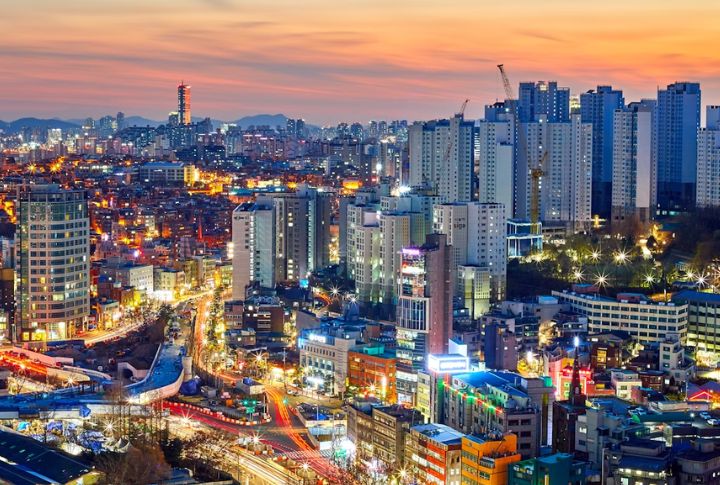
We hear about countries struggling to escape poverty, but less often do we stop to ask which ones actually succeeded. Across the globe, a handful of nations converted their economies by making tough decisions and investing in people. They identified what was holding them back. So, let’s take a look at ten such countries that climbed out of financial hardship and steadily built lasting wealth.
South Korea

Starting with foreign aid after the Korean War, South Korea redirected its focus toward industrial manufacturing. Government-supported conglomerates like Samsung and LG led this shift. International success in entertainment and design further boosted tourism and national branding.
Singapore
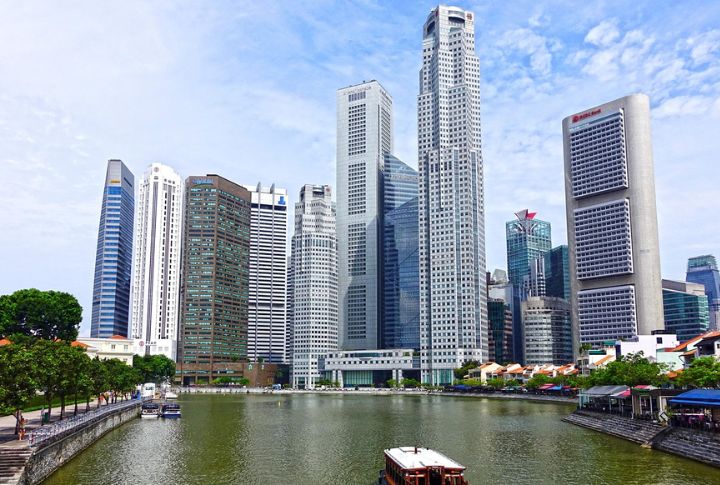
Without natural resources to rely on, Singapore’s leaders turned to strategy by converting the nation into a logistics and financial hub for Southeast Asia. Their strict anti-corruption measures, paired with a streamlined bureaucracy, drew global investors. To sustain progress, public housing programs ensured social stability across income levels.
Ireland
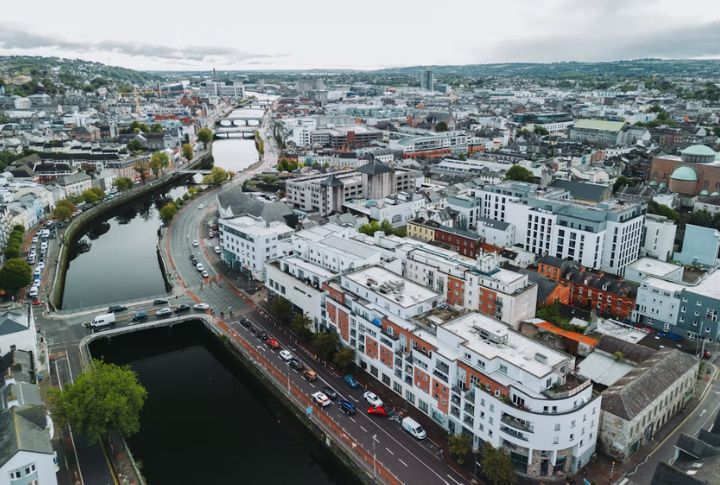
Ireland aligned its education system with the demands of tech and finance, attracting major global firms to its shores. Its English-speaking workforce and EU access made it a natural base for multinational headquarters. And as opportunities grew, emigration gave way to immigration, signaling Ireland’s rising global relevance.
China

China’s transformation began with special economic zones like Shenzhen, where they tested capitalism within a socialist framework before replicating success nationwide. Over time, a thriving consumer culture emerged, fueling demand for Chinese-made goods and reinforcing the country’s self-sustaining growth.
Poland
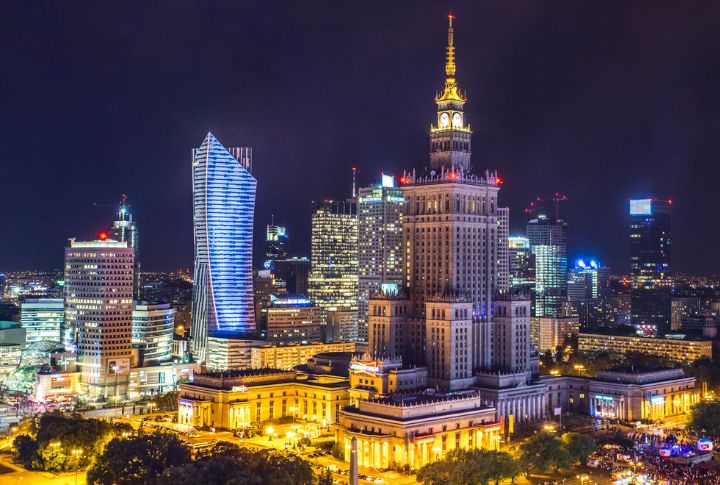
Poland opened the floodgates for entrepreneurs to build, create, and compete. With new highways, rail lines, and logistics hubs, exports took off. Also, ties with EU neighbors kept skilled workers in high demand, while government–business partnerships turned apprenticeships into launchpads for innovation.
Vietnam
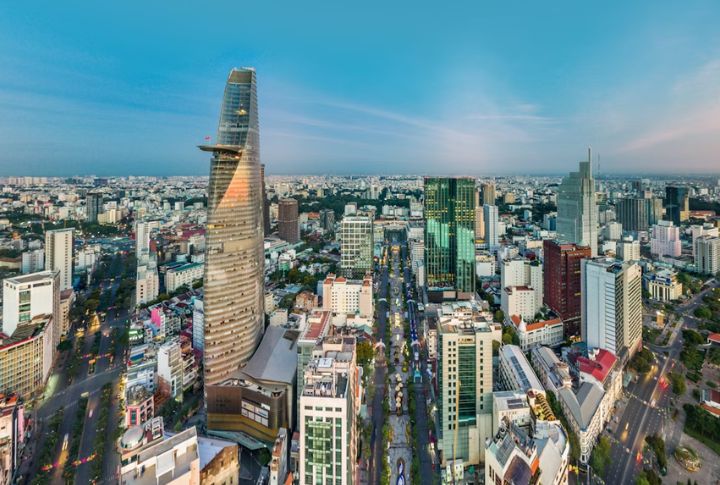
Rather than replicating foreign models, Vietnam introduced market reforms on its own terms. To support this shift, the country developed industrial parks and economic clusters near ports. Underpinning it all, a deep-rooted pride in craftsmanship translated into high-quality exports, further turning tradition into a driver of modern economic success.
Chile
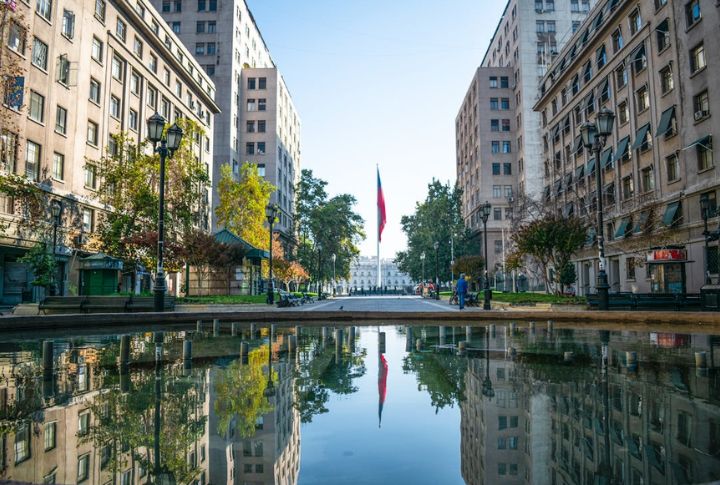
Chile’s journey toward wealth began with early free-market reforms. Revenues from copper, the nation’s prized resource, were strategically funneled into long-term development rather than short-term politics. This stability, paired with vast environmental diversity, nurtured thriving agriculture, wine, and tourism industries.
Estonia
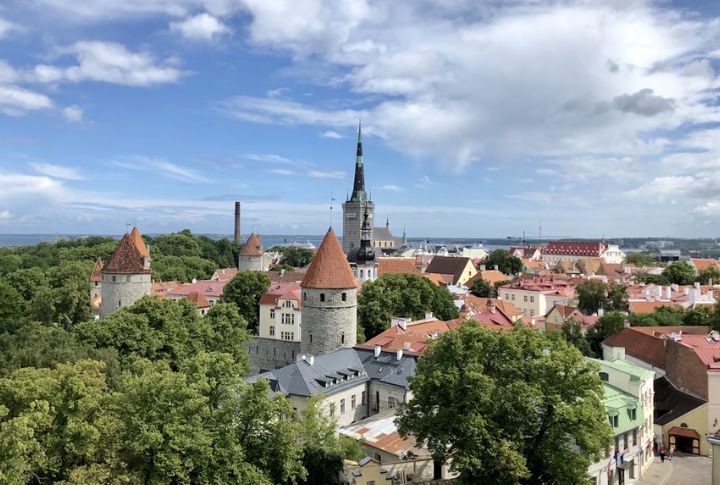
Following independence, Estonia made a bold leap into the digital age by going nearly paperless. This shift empowered citizens to launch businesses, pay taxes, and even vote—all online. That’s how startups flourished as the government slashed bureaucracy and introduced global e-residency, inviting entrepreneurs worldwide.
Botswana
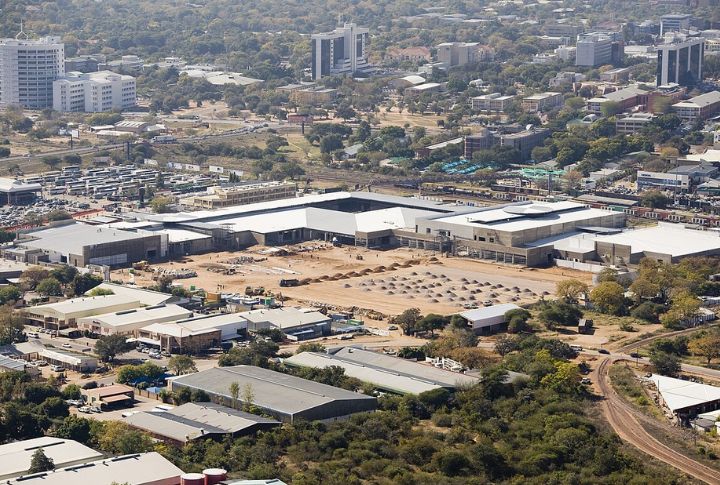
Botswana defied the typical resource curse by managing its diamond wealth through transparent, state-led institutions. This fiscal responsibility funded expansive investments in healthcare and education. At the same time, it prioritized wildlife conservation, which turned tourism into a sustainable economic pillar.
Rwanda
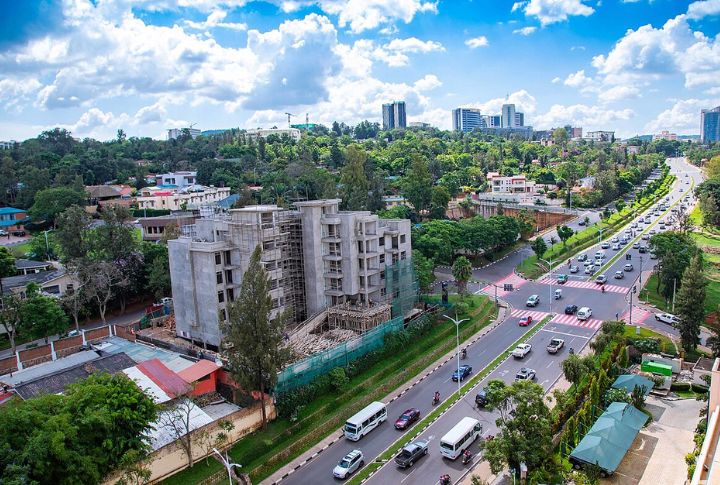
Emerging from the devastation of genocide, Rwanda anchored its recovery in reconciliation, strict accountability, and a zero-tolerance policy on corruption. With this groundwork, the government prioritized digital infrastructure to spread connectivity even to remote areas. At the heart of it all, Kigali stood as a clean, orderly capital.
